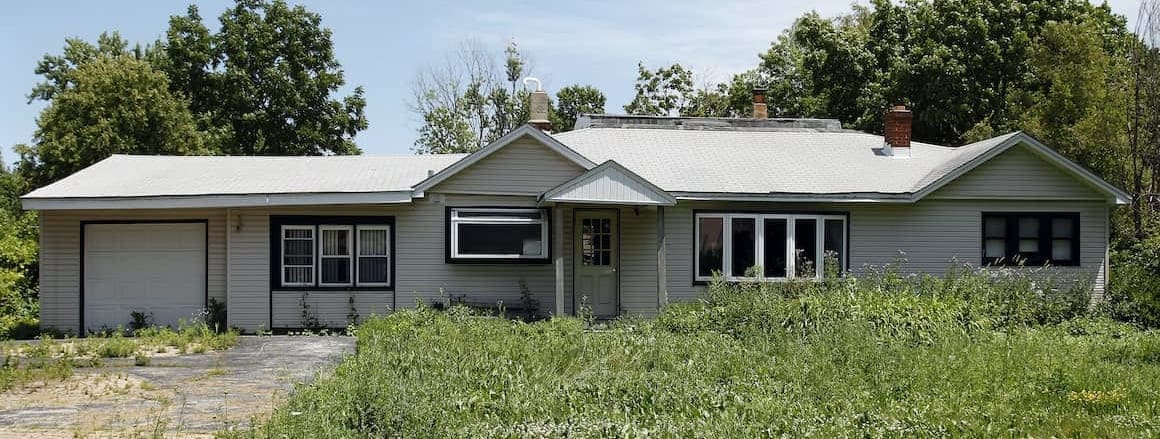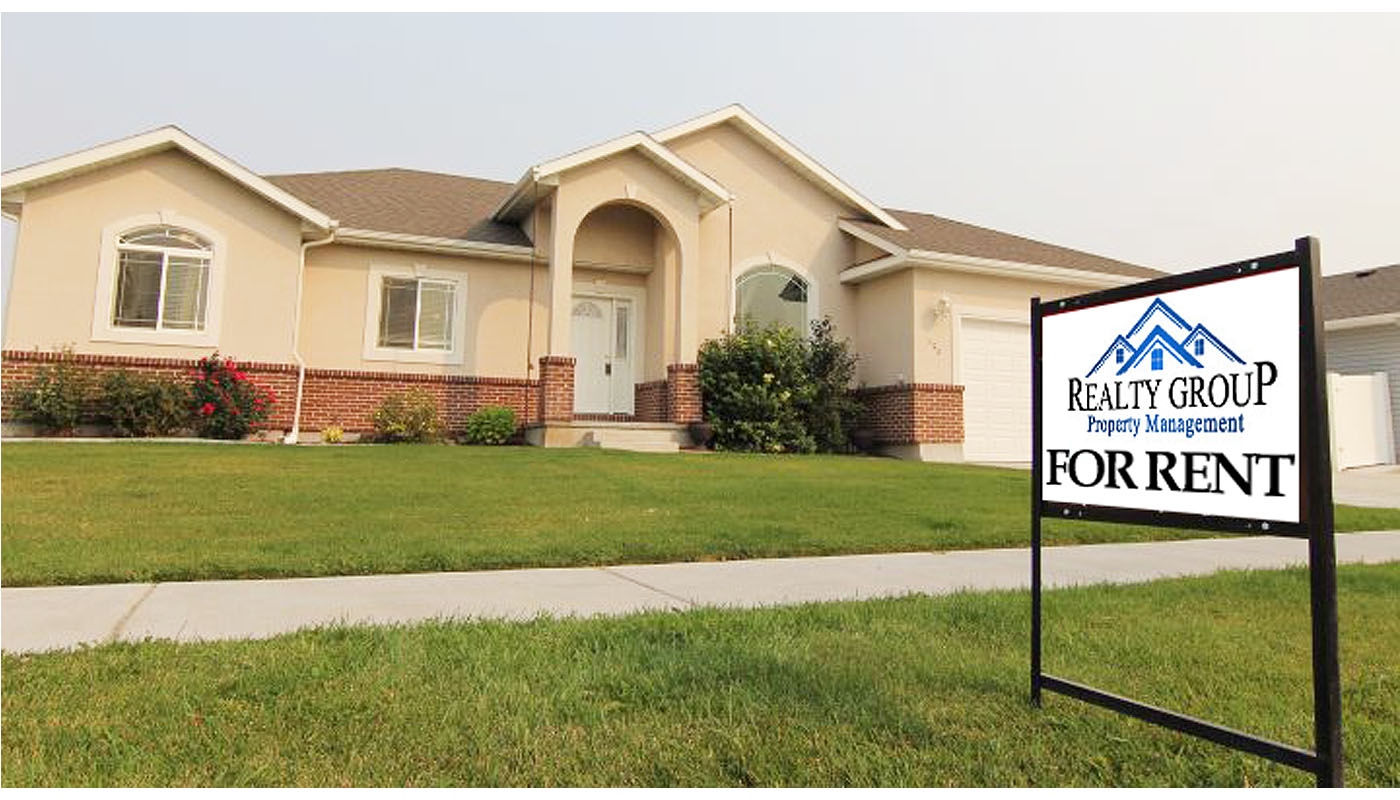
Turnkey property management is a great option if you're looking to invest in real estate. With the help of a good company, you can find tenants and get your investment property on the fast track to success. But, before you dive in, be cautious.
Do your research before you sign up for a property management firm. It is a good idea for you to seek the opinions of multiple people. That way, you can be sure that you're making the right choice.
A good property manager can also help you choose the right properties to invest in. Many property management companies are skilled in helping distressed properties become profitable investments. They can help with the selection of a property and finding the best tenant.

If you're just beginning out in real estate investing, it might be a smart idea to get help from a professional. These professionals can introduce you to other investors with experience in managing turnkey properties. These professionals can help you feel confident and make the best investment decisions.
Turnkey property management can be a great way for investors to make money. You'll be able to make passive income while also having the security of knowing your property is in good hands. As an investor, you have to spend a lot of time and energy running a business, but a good property manager can free up your time so that you can focus on other aspects of your business.
A turnkey property means that you don’t have to worry about repairs. Although this can be a benefit, it can also come with a few drawbacks. The cost of repairs to your property can quickly add up.
The reputation of any property management company is another thing you need to take into account when evaluating your options. There are some shady businesses out there that profit from new investors. You should ensure that you choose a company with a track record of providing excellent service.

Another benefit of hiring a property manager is that it will be easier to fill vacancies. The market for housing is growing, but there's still a shortage of houses. Property managers can help to fill vacant homes by finding suitable tenants who want to move in.
Turnkey property administration can also save you from dealing with unexpected emergencies. When you own a rental home, there are always hiccups. A property manager will handle rent collection and evictions so you don't have too.
You need to make sure that you are receiving the best property management service for your needs. A property management company may be an additional cost, but it can prove to be worth it. A good company will help you earn the most.
FAQ
What are some things to look for when hiring a handyman
It is important to hire someone with experience in your project. It is also a good idea to ask for references and inquire about past customers. It may be a good idea to add some money to cover any unexpected costs. You should also ensure that he has insurance and is licensed.
What are the most common handyman repairs?
Handymen often repair roofs, windows and doors, doors, gutters. Decks, fences and sheds are all common repairs. Handymen can assist homeowners who need help building or renovating their homes.
Does a handyman make suggestions about how to improve my home?
Absolutely! In fact, a handyman is trained in all areas of home repair and maintenance. A handyman knows what to fix and what not. You don't have to be shy about asking for advice when you need it.
What is the average time it takes for a handyman in order to complete a project?
It all depends upon the size of your project. The time it takes to finish smaller projects is more common than larger ones. Regardless of the size, though, a handyman will typically finish within one week.
Why should I hire a handyman rather than doing it myself?
It's a great way to save time and money by hiring a handyman. Not only does this save you the hassle of hiring someone else, but it also saves you the headache of getting everything right the first time. Hire a handyman to help you with your job.
How long does it take to complete a typical DIY job?
An average DIY project takes between two and four hours. The project's complexity and difficulty will impact the length.
Statistics
- A franchise was approximately $110,000 with a franchise fee of $14,900, according to a spokesperson for a national handyman franchise. (en.wikipedia.org)
- More than 20% of homes in America have outdoor living spaces, including decks and patios. (mrhandyman.com)
- An estimate was that in 2003, the market for home maintenance and repair spending was up 14% 2001 to 2003. (en.wikipedia.org)
- Our handyman services for seniors are provided by professional senior helpers who have been serving the community for over 20 years with 98% customer satisfaction. (cantatahomeservices.org)
- With a strong housing market, the handyman and general maintenance worker industry are expected to grow by nearly 10% in the next decade. (housecallpro.com)
External Links
How To
How to replace a damaged tile
Step 1 - Remove the old tiles.
Take out the tiles and place them on a new flooring surface. If you intend to use them, you will want to keep them intact. To avoid any problems with replacements, take note of the pieces that have been damaged or lost.
Step 2 - Select New Tiles
Here are some options for tile repair.
-
Find a new tile that's similar to the one you removed.
-
To match a tile, you can use the measurements you took after removing it. This allows you to easily find the perfect size without needing to measure again.
-
You should look for different colors, patterns and textures.
-
Consider what grout you prefer to use. Some people prefer a certain color, others like to mix it up.
-
It is important to ensure that the tile you choose resists moisture.
-
Also, think about where you want to place your new tile. This will help you save time and money.
-
Once you've found the tile that suits your needs, you can place your order online.
Step 3: Install the tiles.
You can install new tiles in the same way you did before. It's important to align them correctly in order for them to fit together.
Step 4 - Clean up
Before putting down the final layer of protective material, clean up all the debris from the floor.
This will stop dirt and dust from entering the cracks between tiles.
Step 5 – Sand down the floor
After everything has been cleaned, sand it down to remove any remaining particles from the previous steps.
Step 6 – Finish Off
After the floor has been smoothed, you can apply protective coatings to the tiles. It's important to wait until this point because wet paint can stain the surface of the new tiles.
To protect your floors from stains, you can use "damp-and dry" products.
However, it will not cover all possible problems that may arise after you have installed your tiles. You might want to add an anti-slip coating to the protective layer if there are a lot of children.
Last but not least, be sure to leave the protective sealing on for several weeks before you return to your home.